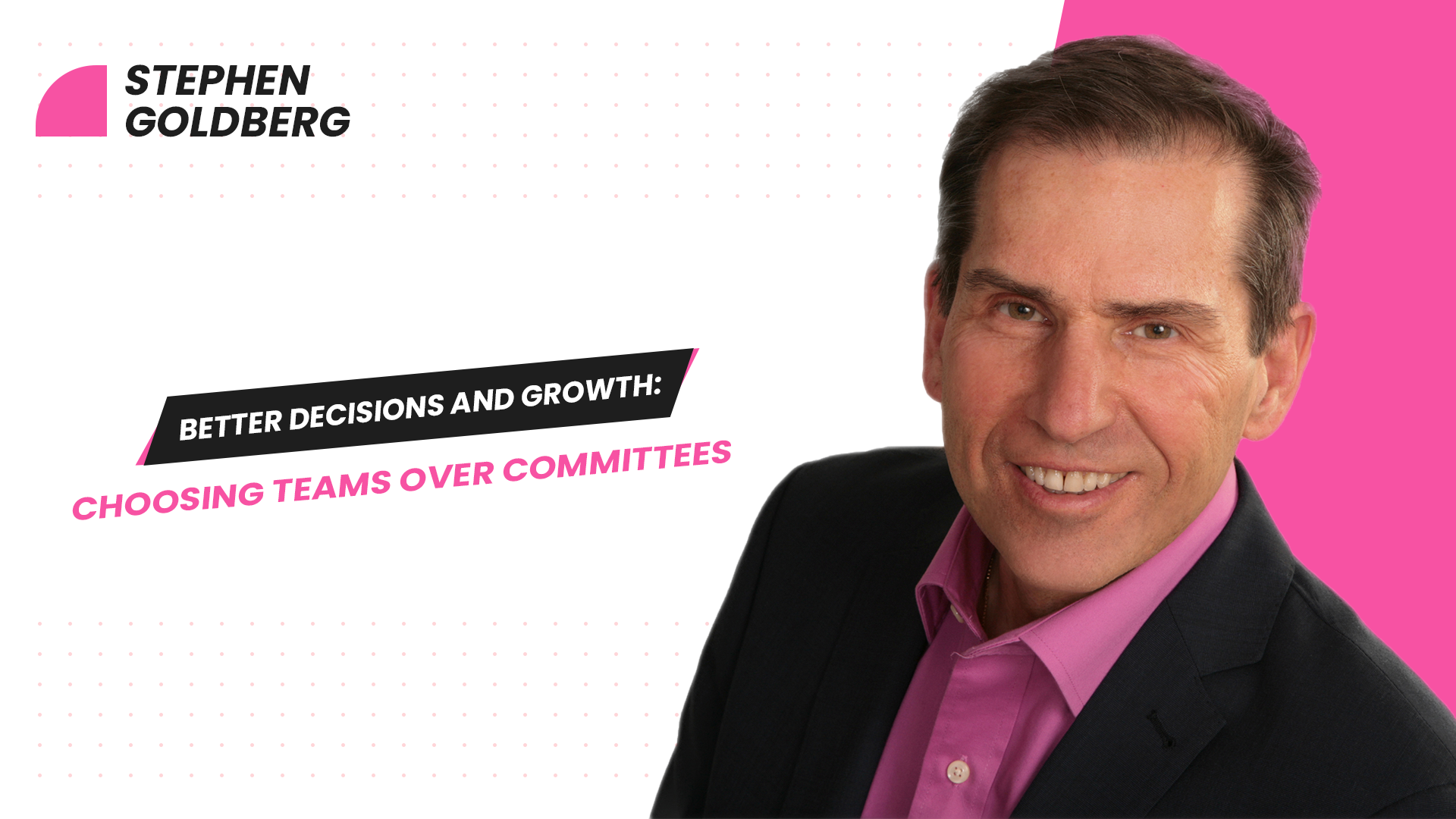
In our pursuit of personal growth and self-improvement, we often overlook one significant source of inspiration: our own names. In this article, we explore the impact that our given names can have on our journey of growth and development. Drawing from a recent encounter during a Canadian road trip, we discuss how understanding the meaning behind your name can be a catalyst for personal growth.
The Journey of Discovery
During a recent trip to unexplored Canadian regions, I found myself in the remote village of Teslin. There, I had the privilege of chatting with the former chief of the village, an encounter that offered profound insights into the importance of names.
The former chief shared that his name meant “leader”. This revelation left a lasting impression on me. His dedication to embodying his name had significant consequences, as he played a pivotal role in guiding his community towards self-governance—a challenging but transformative journey.
Inspired by my encounter with the former chief, I began a personal journey of self-discovery, starting with an exploration of my own name, “Stephen.” Looking into its meaning, I discovered connotations of intelligence, confidence, and creativity—qualities I deeply value both personally and professionally.
It’s important to recognize that our names are more than labels; they provide insights for self-discovery and growth. Understanding your name’s meaning can serve as a powerful tool for personal development, offering a foundation upon which you can build your character, nurture strengths, and address weaknesses.
How to Harness Your Name’s Potential
So, how can you use the potential of your name for personal growth and development? Begin by researching the meaning hidden within your name. This journey of self-discovery might reveal qualities and characteristics you hadn’t consciously noticed but are integral to your identity.
Once you’ve uncovered the essence of your name, consider how you can align with these qualities. Embrace your name’s significance as a guide to becoming the best version of yourself. Your name’s meaning can help you lead and be creative, leading to a better and more satisfying life.
In Conclusion
In a world where personal growth is an ongoing endeavor, understanding your name’s meaning can serve as a guiding light. By embracing the qualities encapsulated within your name, you can embark on a profound journey of self-discovery and personal development, ultimately leading to greater happiness and fulfillment in every aspect of life.
Unlock the potential of your name, and in doing so, unlock the doors to a richer and more rewarding journey of personal growth and self-realization.



